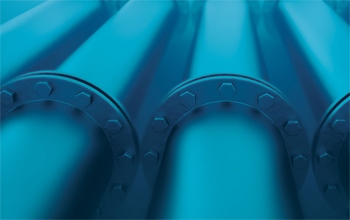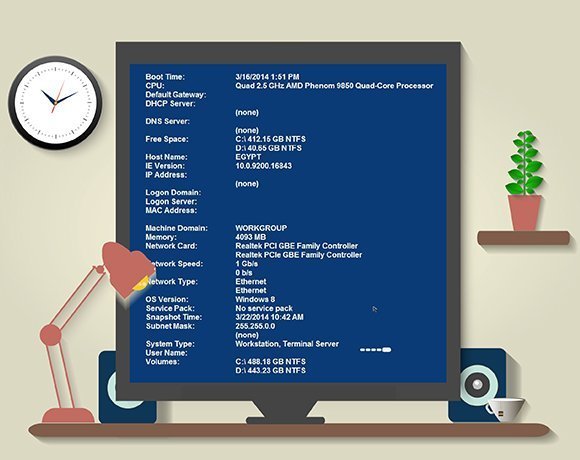

It works with many versions of Microsoft's Windows OS. The VHD file format was originally introduced with Connectix Virtual PC, and was eventually adopted by Microsoft Hyper-V. It simply makes it unavailable and removes it from use.
#VIRTUAL DISK AID HOW TO#
How to attach a VHD (i.e., make it available for use)ĭetaching a VHD does not delete the VHD or its data. In Virtual hard disk format, select dynamically expanding or fixed size.Specify the location on the physical computer where the VHD file will be stored, and the size of the VHD.The Create and Attach Virtual Hard Disk dialog box opens.Steps to create a VHDĪdmin access is required to do the following: In Windows operating systems (8.1, 10, 11, Server 2016, Server 2012 R2, Server 2012), VHDs appear like physical disks in Disk Management utility. Process to create a virtual hard disk in Windows VHD eliminates the need for multiple hardware components and OSes, reducing the cost of storage and deployment. Users can work on their chosen OS without interference from other users.Ĭost-effectiveness. This is especially useful for developers who collaborate. The work or file in one system can be replicated to another system. A snapshot of an existing VHD configuration can be recovered, allowing a user to revert to a previous stage if there are installation problems and troubleshooting doesn't offer any fixes. If VHD data is accidentally deleted or affected by a malicious file injection, it can be recovered. A VHD has provisions for pre-built and standard configurations in the VHD files for working on specific operating system environments, which simplifies deployment.Įfficient backup and restore.
#VIRTUAL DISK AID DRIVERS#
The OS communicates with the device drivers to access the VHD.įollowing are some benefits of using a VHD:Įasy deployment. This size is managed by the operating system ( OS) or virtualization manager.

While a VHD is created on a physical hard drive, it is a "virtualized" file and has its own logical distribution.

What differentiates the VHD from a physical hard disk is that it is designed for use by virtual machines and is installed on a virtual machine infrastructure, most commonly VMware Workstation and Hyper-V VMs. Like a hard disk, the VHD can do the following: It also appears and operates like a hard disk that's physically connected to the system. For example, it often contains the same hard drive sectors, such as a file system, disk partitions, etc. physical hard disk: Similarities and differencesĪ virtual hard disk has similar functionality to a physical hard disk drive. It can be stored in any location accessible to the physical host, and it is also transportable, meaning it can be stored and moved with a USB flash memory device. The disk image, sometimes called a virtual machine ( VM), replicates an existing hard drive, including all data and structural elements. A virtual hard disk (VHD) is a disk image file format for storing the entire contents of a computer's hard drive.


 0 kommentar(er)
0 kommentar(er)
